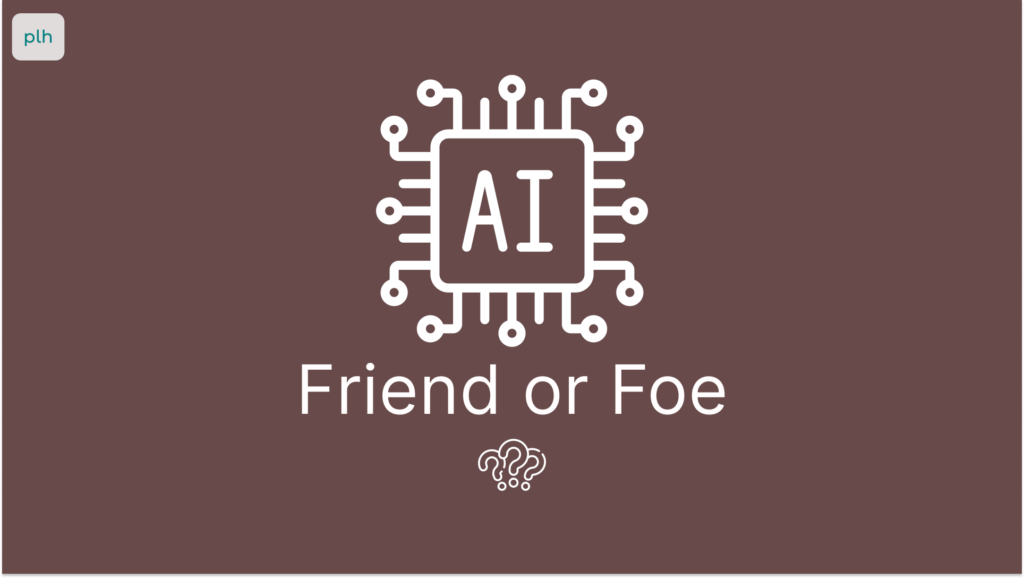AI in Academic Publishing: Friend or Foe?
Reading time - 2 to 3 minutes
Introduction
Artificial Intelligence (AI) is revolutionizing industries
worldwide, and academic publishing is no exception. From accelerating peer
reviews to spotting plagiarism, AI is poised to redefine how knowledge is
shared. But with innovation comes disruption—and academia is grappling with a
pressing question: Is AI a friend or a foe? Let’s delve into the opportunities,
challenges, and ethical dilemmas AI presents in academic publishing, backed by
real-world examples and actionable insights.
Transforming the Publishing Landscape
1. Enhancing Efficiency in Peer Review
One of AI’s most transformative applications is in peer
review, a traditionally time-consuming process. Tools like ScholarOne and
Manuscript Matcher leverage AI to:
- Match
manuscripts with suitable reviewers.
- Detect
errors and inconsistencies in submissions.
- Provide
initial quality checks, saving editors valuable time.
Case Study: Springer Nature uses AI-based tools to
streamline manuscript handling. Its “Smart Proof” system automates aspects of
proofreading, improving turnaround times while maintaining quality.
2. Breaking Down Language Barriers
AI-powered translation tools like DeepL and Google Translate
enable researchers to disseminate findings globally. These tools are especially
impactful for non-native English speakers, leveling the playing field in a
predominantly English-centric academic world.
3. Preventing Ethical Breaches
AI excels in detecting plagiarism and image manipulation,
ensuring research integrity. Tools like iThenticate and Proofig are setting new
standards for ethical publishing practices.
Case Study: The American Chemical Society (ACS)
employs AI to detect image duplications, a growing concern in research fraud.
The Dark Side of AI
1. Rise of Paper Mills and Fake Research
AI’s capabilities can be exploited. Generative AI models
like ChatGPT have raised concerns about fabricated data and papers. Predatory
publishers could use AI to flood the market with low-quality or fraudulent
research.
2. Bias in AI Algorithms
AI systems are only as good as the data they’re trained on.
Bias in algorithms can perpetuate inequalities, favoring well-funded
institutions or English-language research while sidelining contributions from
underrepresented regions.
3. Ethical Dilemmas in Authorship
Who owns AI-generated content? This question is sparking
debates over authorship and copyright. Journals are grappling with whether AI
should be credited as an author and how to disclose its role in research.
Balancing Innovation with Ethics
1. Establishing Guidelines for AI Use
To harness AI responsibly, academic publishers need clear
guidelines. Leading organizations like COPE (Committee on Publication Ethics)
are working on frameworks to address AI-related challenges.
2. Educating Researchers
Training programs can help researchers understand the
ethical use of AI, from generating ideas to drafting papers. Awareness is key
to preventing misuse.
3. Collaborating for Transparency
Open dialogue between publishers, researchers, and AI
developers can create transparent and accountable systems. Initiatives like
Crossref’s blockchain-based verification system showcase how technology and
collaboration can ensure trust.
Looking Ahead
AI is neither inherently good nor bad—it’s a tool. Its role
in academic publishing will depend on how we choose to use it. By embracing its
potential while addressing its risks, the academic community can build a future
where technology complements human creativity and integrity.
The question isn’t whether AI will change academic
publishing—it already has. The real challenge lies in navigating this
transformation responsibly. Are we ready to shape AI into a trusted ally rather
than a disruptive force? The answer, much like the research AI helps produce,
will require collaboration, scrutiny, and innovation.
